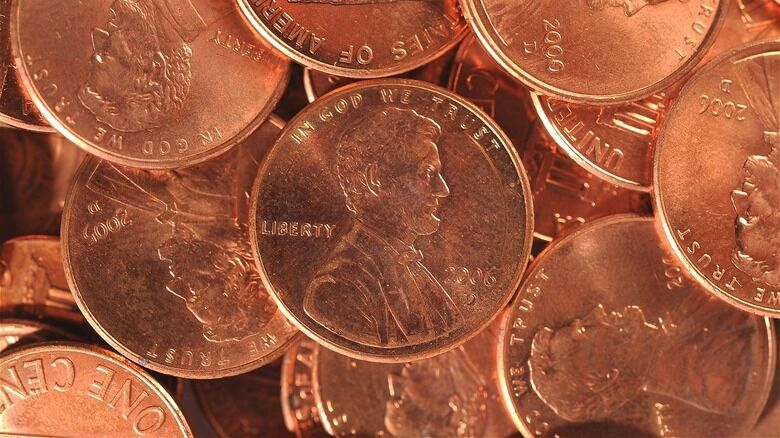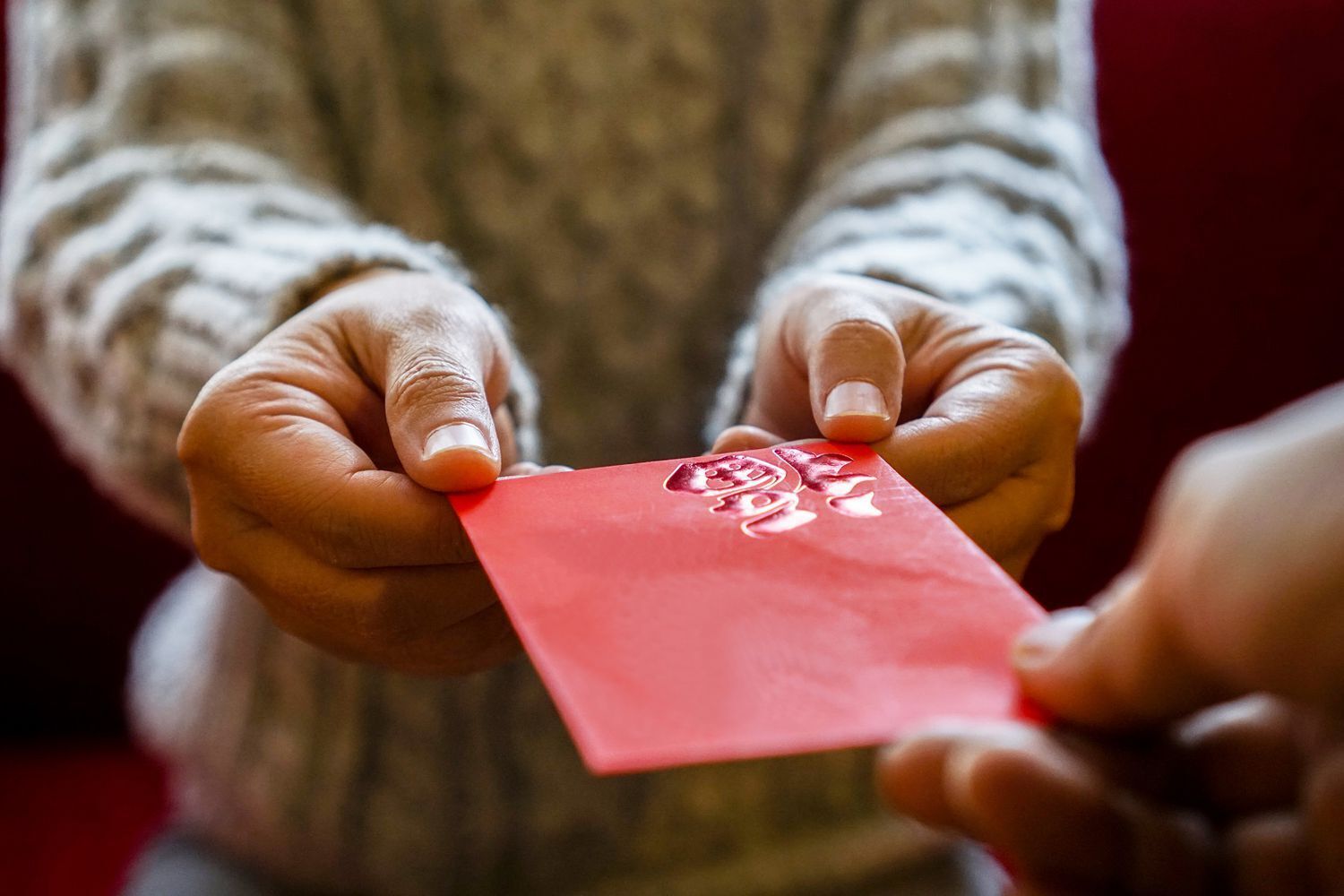Origins and Meaning of Luck Pennies

You've likely heard about a lucky penny, but what is a luck penny? A luck penny refers to a small amount of money returned from the seller to the buyer after a purchase. This Irish custom links to the concept of lucky pennies, which are believed to bring good fortune and wealth. Continue reading to explore the luck penny's origins, related superstitions, and even rare coins that hold considerable value. This is prepared by SSP.

The Luck Penny Tradition
The luck penny tradition has its roots in Ireland. Traditionally, a luck penny is a small amount returned from a seller to a buyer, especially when purchasing farm animals. If sellers forgot to return the luck penny, both parties would suffer misfortune. In contemporary times, giving a luck penny to a loved one expresses good wishes for their future.
The luck penny began with farmers. Upon purchasing a farm animal, sellers would return a modest sum, often a penny, to symbolize good luck. This act was crucial because failing to return it was believed to invite bad luck for both seller and buyer.
Moreover, some believed that spitting on the penny somehow enhanced its luck. Tailors also participated in this tradition by placing a luck penny in each pocket of a new suit.
Today, the concept of a luck penny has grown and represents well-wishing for anyone embarking on a new life phase. It’s common for individuals to receive a luck penny during milestones such as weddings, childbirth, or moving into new homes. While the amount may sometimes exceed a penny, the sybmolic gesture holds greater significance than its monetary value. Similar customs are celebrated worldwide.
International Traditions Reflecting the Luck Penny
- China: Red envelopes containing luck money are given to unmarried youth, with an even amount within being essential, as odd numbers signify cash distributed at funerals.
- Greece: A coin is hidden within the Vasilopita cake. The recipient of the slice containing the coin is believed to receive luck for the entire year.

The Lucky Irish Penny
Distinct from the luck penny, the Lucky Irish Penny was minted between 1928 and 1968. This penny featured designs spearheaded by the poet William Butler Yeats. One side displayed an Irish harp, while the other portrayed a hen and chicks, representing Ireland's agricultural background. Both sides bore inscriptions in Gaelic.
The Lucky Irish Penny is perceived worldwide as a lucky talisman, and many people carry one for good fortune.

Lucky Penny Superstitions
One popular belief is that picking up a heads-up penny brings good luck. Opinions differ on which side is luckier, but generally, people consider a penny with heads facing up as a bearer of fortune. Conversely, if a coin shows tails, it’s thought to signal bad luck. However, you can flip it for the next individual to enjoy luck.
This superstition is prevalent to the point that it has inspired a familiar rhyme: "Find a penny, pick it up. All day long you’ll have good luck." This phrase may derive from ancient pagan traditions associating pins with good luck.
Many adhere to an added belief: to ensure good luck, you should pass along the penny to someone else during the day. Different cultures also interpret lucky pennies variously. Some attribute the heads side to deity favor while viewing the tails side as a representation of material abundance.
Additional Good Luck Insights
Beyond simply picking up a penny, many others believe in additional forms of luck associated with these coins. Some common practices that emphasize the lucky nature of pennies include:
- Finding a penny can bring actual financial gain.
- Keeping a jar of pennies in your kitchen is believed to invite wealth.
- Tossing a penny overboard while at sea is thought to ensure a safe journey.
- Wishing wells or fountains often lure individuals to throw in a penny to make wishes.
- Placing pennies in your shoe is another commonplace practice for good fortune.
Interestingly, a penny with a hole is viewed as particularly lucky, adding yet another layer to these beliefs.
Many consider that the lucky penny concept may trace back to ancient religious practices surrounding coins. Numerous cultures believed that metals, such as copper, were divine gifts. Neglecting to pick up a metal coin meant forgoing possible luck and wealth.
In ancient Greece and Rome, tossing a coin was believed to disclose divine will, illustrating why coin tosses remain a popular decision-making method today.

Rare Valuable Pennies
Certain rare pennies command value well over $1,000. Finding a valuable penny is considered extraordinarily lucky. The worth of some pennies derives from their minting year, rarity, condition, or production errors. In fact, specific coins are valued at up to $85,000. Notable examples include:
- 1943 Copper Penny: Primarily made of zinc-coated steel, several rare copper versions mistakenly circulated, leading to huge value — upwards of $85,000.
- 1955 Double-Die Penny: These pennies possess unique doubled text and can exceed $1,000 depending on their condition. The distinction occurs solely in Philadelphia-minted coins; others carry different mint marks.
- 1969-S Double-Die Penny: Recognized as a highly valuable Lincoln Memorial penny within production years 1959 to 2008, showcasing doubled text with a value potentially reaching $25,000.
- 1983-D Copper Penny: Contrary to the intended design of copper-plated zinc, earlier models containing copper were produced, garnering values around $15,000.
Earlier, SSP reported about the spiritual meaning of the number 2222.



















